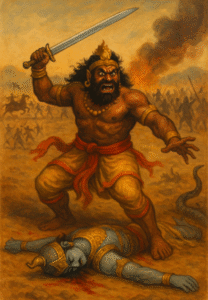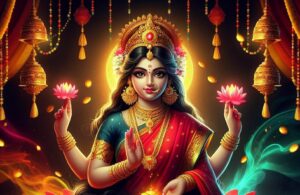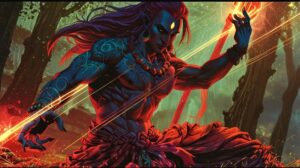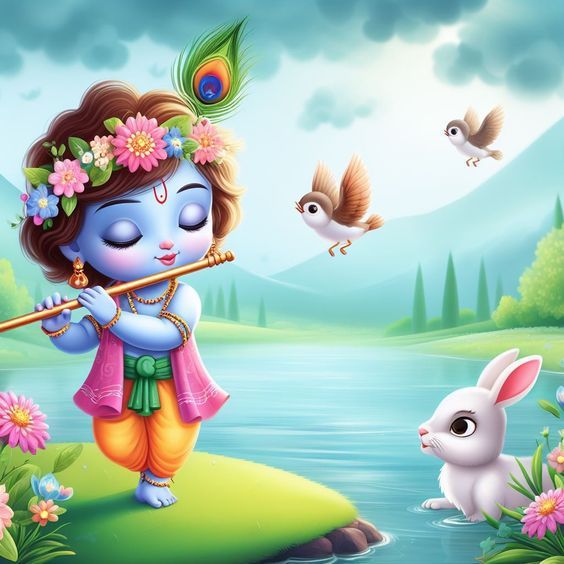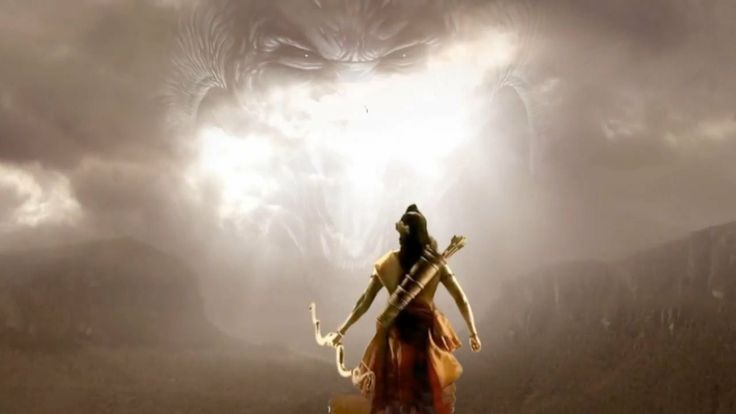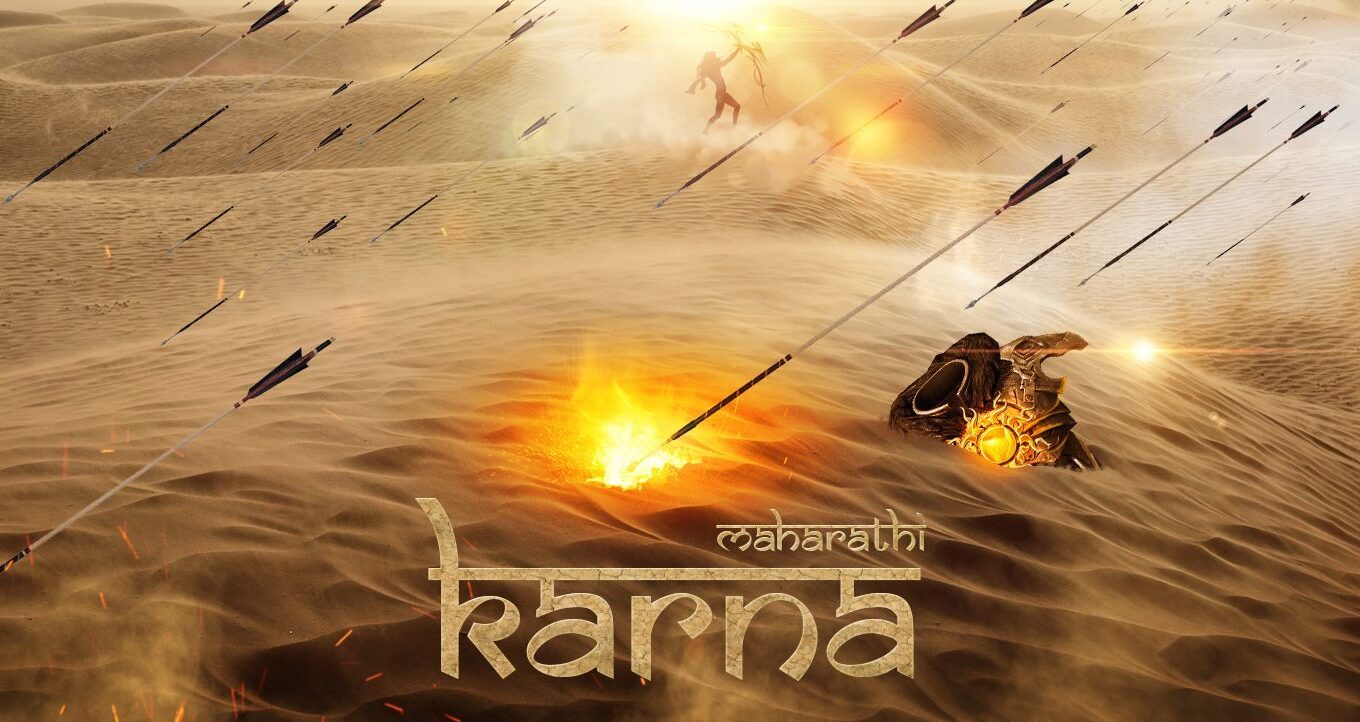Introduction
The Mahabharata, one of India’s greatest epics, is not just a tale of war and heroism but also a repository of profound moral lessons. Among its many characters, Ashwatthama stands out as a figure of immense power, tragedy, and controversy. Known for his unmatched valor and loyalty, Ashwatthama’s life took a dark turn due to his actions during the Kurukshetra War, culminating in a curse that condemned him to eternal suffering.
In this blog, we delve deep into the story of Ashwatthama, exploring his role in the Mahabharata, the infamous curse that shaped his destiny, and his legacy as an immortal wanderer burdened by guilt and remorse.
Who Was Ashwatthama?
Ashwatthama was born to Dronacharya, the revered teacher of warfare and weaponry, and Kripi. From birth, he was destined for greatness, blessed with immense strength and divine powers. His forehead bore a gem that granted him immunity from hunger, thirst, and fear of wild animals—an indication of his extraordinary nature.
As Dronacharya’s son, Ashwatthama was trained in advanced warfare techniques alongside princes like Arjuna and Duryodhana. While he shared a close bond with Duryodhana and pledged loyalty to the Kauravas, his relationship with the Pandavas was marked by rivalry and animosity.
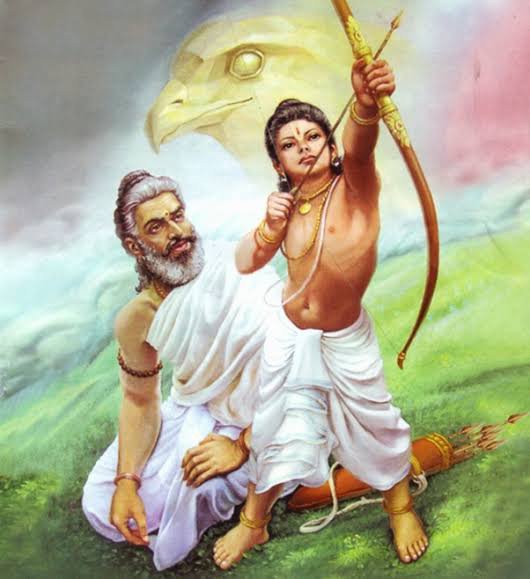
Ashwatthama in the Kurukshetra War
Ashwatthama played a significant role in the Kurukshetra War as one of the chief warriors on the Kaurava side. His prowess on the battlefield was unmatched, making him a formidable opponent for even the greatest Pandava warriors. However, his unwavering loyalty to Duryodhana often clouded his judgment, leading him to commit acts that would have dire consequences for his future.
The Turning Point: The Curse of Ashwatthama
The Events Leading to the Curse
The turning point in Ashwatthama’s life came after his father Dronacharya’s death during the war. Devastated by grief and driven by rage, he vowed to avenge his father’s demise at any cost. In a desperate attempt to fulfill this vow, he committed one of the most heinous acts in the Mahabharata: attacking the Pandava camp at night while its warriors were asleep.
In this brutal massacre, Ashwatthama killed Dhrishtadyumna (the slayer of Dronacharya), Shikhandi, and several other warriors who were defenseless at the time. To make matters worse, he unleashed a powerful weapon known as Brahmastra against Uttara’s unborn child—the last heir of the Pandavas—out of sheer vengeance.
Krishna’s Intervention
Lord Krishna intervened to protect Uttara’s child and prevent further destruction caused by Ashwatthama’s uncontrollable rage. As punishment for his unforgivable actions, Krishna pronounced a curse upon him:
- Eternal Wandering: Ashwatthama was condemned to roam the earth for eternity without respite from his suffering.
- Unhealable Wounds: The gem on his forehead was removed, leaving him with a festering wound that would never heal—a constant reminder of his sins.
- Isolation: He would live in solitude, shunned by humanity and unable to find peace or redemption.
This curse transformed Ashwatthama into an immortal wanderer—a tragic figure doomed to carry the burden of guilt and remorse for all eternity.
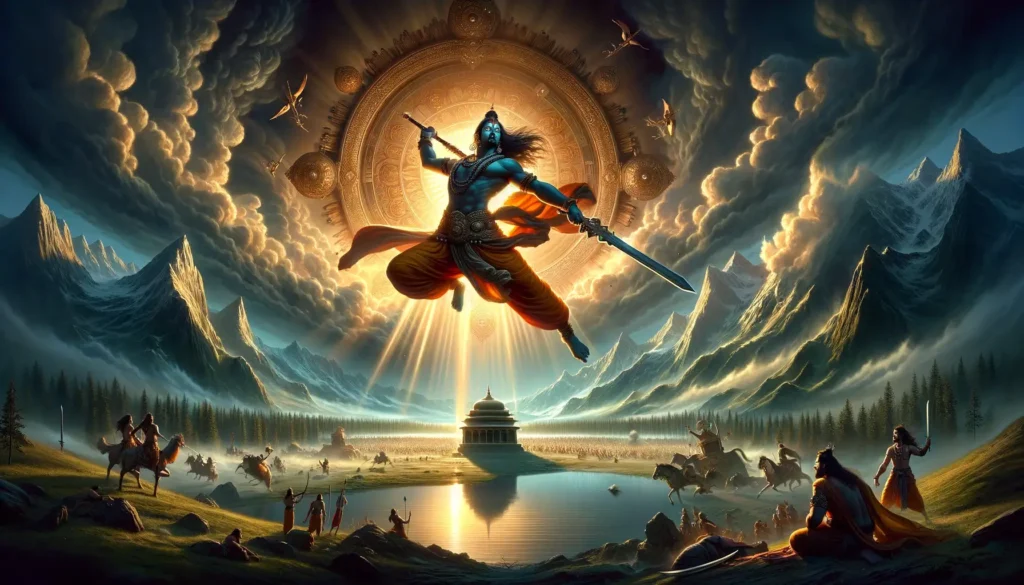
The Symbolism Behind Ashwatthama’s Story
Moral Lessons from His Life
Ashwatthama’s story is not just about revenge; it is also a cautionary tale about unchecked anger and its devastating consequences. His actions during the war highlight how vengeance can cloud judgment and lead to irreversible mistakes. The curse serves as a reminder that even great warriors are not immune to moral accountability.
Themes Reflected in His Tale
- Immortality as a Curse: While immortality is often seen as desirable, Ashwatthama’s eternal life is portrayed as a punishment rather than a blessing—a stark contrast that challenges conventional notions about immortality.
- Guilt and Redemption: His wandering symbolizes an eternal quest for redemption that remains unfulfilled—a poignant reflection on human mistakes and their lasting impact.
- The Power of Divine Justice: Krishna’s curse underscores the idea that divine justice prevails over human actions, ensuring balance in the universe.

Is Ashwatthama Still Alive?
One of the most intriguing aspects of Ashwatthama’s story is the belief that he continues to roam the earth even today due to Krishna’s curse. Legends abound about sightings of Ashwatthama in remote areas—his unhealable wound still festering as described in ancient texts. While these claims remain unverified, they add an air of mystery to his character and keep discussions about him alive in popular culture.

Legacy: The Eternal Wanderer
Ashwatthama remains one of Indian mythology’s most enigmatic figures—a character who embodies both valor and tragedy. His story transcends time, offering timeless lessons about morality, revenge, and accountability.
While many view him with sympathy due to his eternal suffering under Krishna’s curse, others see him as a cautionary figure whose mistakes serve as warnings against unchecked emotions like anger and vengeance.
Whether or not he still roams among us remains unknown—but what is certain is that his tale continues to captivate hearts and minds across generations.
By exploring characters like Ashwatthama from epics like Mahabharat, we gain deeper insights into human nature—reminding us that even heroes can falter when driven by emotions rather than wisdom.
FAQs
1. Who Was Ashwatthama in the Mahabharata?
Ashwatthama was son of Dronacharya. He was one of the central characters in the Mahabharata, known for being an exceptional warrior on the Kaurava side and for his tragic fate due to Krishna’s curse.
2. What Was Krishna’s Curse on Ashwatthama?
Krishna cursed Ashwatthama to roam eternally with unhealable wounds as punishment for massacring sleeping warriors and attempting to kill Uttara’s unborn child using Brahmastra.
3. Is There Any Real Photo of Ashwatthama?
There are no real photos of Ashwatthama since he is a mythological figure from ancient texts like the Mahabharata. Artistic representations exist but remain speculative.
4. What Does Ashwatthama Symbolize?
Ashwatthama symbolizes themes like revenge, immortality as punishment, guilt, redemption, and divine justice—making him one of mythology’s most complex characters.


